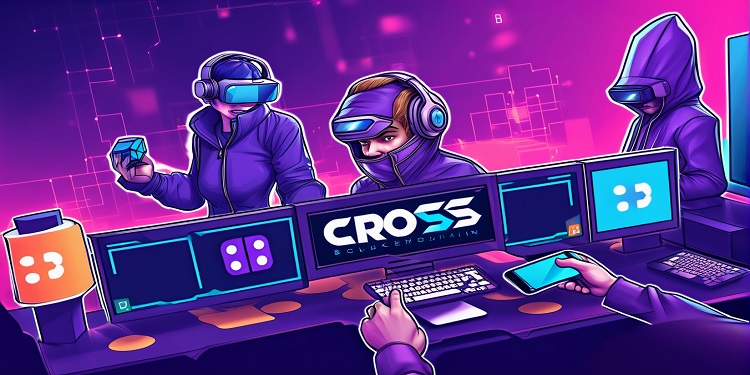KaKao and Line, two leading Asian communication platforms, have recently collaborated to establish a new integrated layer-1 blockchain named Kaia. This development is the result of merging the Klaytn and Finschia blockchains, initially created by Kakao and Line, respectively. With this merger, Kaia is now being positioned as the largest Web3 ecosystem in Asia, combining the strengths of two digital media giants that together serve over 250 million users.
Both KaKao and Line have followed similar trajectories, making this partnership a natural progression for the companies. Each has built a broad range of digital services around their respective communication apps, which dominate their domestic markets. KaKao commands an impressive 95% share of the South Korean market, while Line holds a 65% market share in Japan. Their joint venture into the Web3 space began in 2019 with the launch of Klaytn and Finschia, aiming to create decentralized applications (dApps) optimized for mobile devices.
The creation of Kaia marks the culmination of efforts to integrate these two platforms, leading to the merging of KLAY and FNSA into a new token named KAIA. Upon the token’s launch, KLAY balances will be automatically migrated on a one-for-one basis, while FNSA holders will need to swap their tokens at a fixed exchange rate of 148:1.
Technical Innovation and Future Potential
Kaia’s blockchain is designed to combine the best aspects of both Finschia and Klaytn. It adopts Finschia’s core components, such as its consensus mechanism and smart contract capabilities, while also integrating elements from Klaytn, including its service chain structure and user-friendly development tools. The platform is positioned as an enterprise-ready and service-centric blockchain, featuring a forkless architecture that ensures instant finality of transactions.
The Kaia Mainnet is currently capable of supporting a theoretical throughput of 4,000 transactions per second, with a block generation interval of just one second. Over 50 consensus nodes participate in the Consensus Node Network (CNN), with plans to further optimize and expand this network as the platform continues to evolve.
For each new block generated on the network, 6.4 KAIA tokens are minted, reflecting an annual inflation rate of 5.2%. The block rewards are distributed through a four-way system, with 10% allocated to block proposer rewards, 40% to staking rewards, 25% to the Ecosystem Fund, and the remaining 25% to the Infrastructure Fund.
Expanding the Ecosystem and Integrating with Communication Platforms
According to information provided on the project’s website, the newly unified Kaia ecosystem currently supports 356 projects across various domains, including Decentralized Finance (DeFi), blockchain gaming, NFTs, and Web3 wallets. However, the platform’s most significant potential may lie in its ability to integrate with KaKao and Line’s communication apps. To facilitate this integration, the Kaia Foundation has collaborated with Line’s Web3 division to develop a software development kit (SDK) for creating “mini DApps” that can run within the Line Messenger app.
This strategic partnership between KaKao and Line not only reinforces their dominance in the Asian digital communication market but also positions Kaia as a major player in the global Web3 ecosystem. By merging their blockchain platforms and creating a unified token, the companies aim to drive innovation and adoption of decentralized technologies throughout the region.
As Kaia continues to develop and expand, it is expected to play a crucial role in shaping the future of Web3 in Asia and beyond. The platform’s enterprise-ready design, combined with its potential for in-app integration with popular communication tools, suggests that Kaia could become a central hub for blockchain-based services and applications in the near future. With its robust infrastructure and growing ecosystem, Kaia is set to redefine the digital landscape in Asia and establish itself as a leader in the global Web3 movement.









